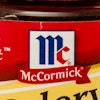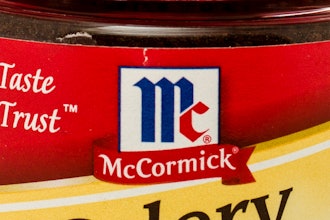
Federal Reserve policy has dominated the headlines over the past year, as it grapples with taming inflation while avoiding a recession. It has also been dominating discussions in the executive suite. The cost of debt capital has more than doubled during this period, and for middle market companies, this increase has impacted profitability.
A Valuable Source of Funding
While traditional debt costs have increased, manufacturing firms with owned real estate may have a more attractive alternative at their disposal. Right now, sale leasebacks of owned real estate may represent a lower cost option worth exploring.
A sale leaseback is when a company sells owned real estate to an investor, who immediately leases it back to the original owner typically for a 15 or 20-year term, with options for renewal. This is a particularly relevant source of capital for manufacturing companies because many own the facilities that they operate out of.
In a sale leaseback transaction, the seller receives capital that has been locked up in real estate and can use that capital to pay down debt, fund growth, finance expansion or M&A, among many other use cases.
Attractive Rates
In exchange for the capital up front, the company takes on a long-term lease obligation with fixed payments. The dollar amount of these payments, relative to the value of the real estate it sold to the investor represents an implied rate of return. In real estate parlance, this is called a “cap rate.”
Whereas interest rates have expanded over the last year north of 400 bps, cap rates (i.e., the cost of a sale leaseback) have only expanded 100-150 bps. As such, today’s sale leaseback cap rates tend to be well below a middle-market company’s cost of debt. Depending on the level of debt on a company’s balance sheet, the difference can have a material impact on profitability and cash flow.
Further, by accessing lower cost capital, a company has the opportunity to lower its overall weighted average cost of capital or WACC, improving shareholder returns.
Always Available
Middle market financial executives should note that sale leaseback financing is, at the moment, not only less expensive, but also more available. A host of macroeconomic factors — inflation, a looming recession, political uncertainty — have placed most banks and other lenders in a risk-off mode.
The dynamics in the sale leaseback market are different. Unlike the more temperamental debt market, which has exhibited both volatility as well as partial closure over the last year, the sale leaseback market has been more consistently open. The buyers of sale leasebacks are well capitalized and have a mandate to put capital to work.
This was evident in 2022, which was a record year for sale leasebacks in both transaction volume (874 unique transactions) and dollar amount ($31 billion). Compare that to the debt markets – in 2022, institutional leverage loan volume was down nearly 70% compared to 2022’s volume and down nearly 40% compared to 2021’s volume, per Fitch Ratings.
Credit as a Key Component
Replacing traditional bank or bond market financing with sale leaseback financing isn’t a given for any business. The creditor in a sale leaseback transaction is the buyer of the real estate who offers the tenant — your business — a long term lease on the property. In this case, the buyers are typically large, well-capitalized real estate investment funds. They are “smart money,” and will look at the underlying fundamentals of your business, and projected cashflows similar to a lender in addition to the real estate when determining value.
For middle market businesses that own real estate, the sale leaseback may be an attractive tool to unlock capital for deleveraging, growth or M&A. Additionally, it may be a much lower cost option than traditional bank debt. Sourcing sale leaseback capital in lieu of traditional debt capital may improve the weighted average cost of capital of the company as well as profitability.
Matt Wrobleski is a Partner at SLB Capital Advisors, which advises corporates and private equity sponsors on a wide range of sale leaseback transactions. Mr. Wrobleski has over 15 years of sale leaseback, real estate brokerage, capital markets and M&A experience.






















